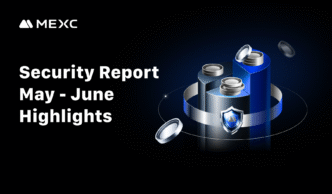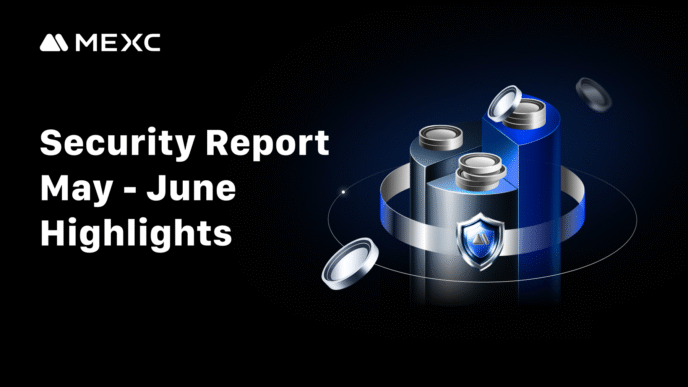The Current State of Blockchain and Web3
Dr. Han explained that throughout its existence, the industry has seen remarkable improvements and technological advancements that have made the blockchain more efficient. Furthermore, in recent years governments and regulatory bodies have begun to recognize the importance of blockchain and work to create supportive environments where the industry can continue to thrive. More users are adopting blockchain technology every day, which is making the user base of this technology more diverse and impactful. Now more institutions are showing interest in blockchain technology, proving that the industry is becoming more mature and stable. Dr. Han’s speech discussed the evolution of crypto across seven distinct areas: The Launch, The Tokens/Coins, The Exchanges/Trading Platforms, Trading Volume, Market Cap, The Chains, and The Users.The History of Crypto
The Launch
Dr. Han began by stating that initially people mined Bitcoin with computers, and later altcoins borrowed this same idea. Later, blockchain projects began to use ICOs, IEOs, and IDOs to launch.- ICOs pioneered the new wave of crypto fundraising but have declined in popularity due to regulatory scrutiny and market evolution.
- IEOs enhanced credibility through established exchanges, providing a safer and more reliable platform for both investors and projects.
- IDOs allowed projects to launch directly on decentralized exchanges, democratizing access for participants. This method reflects the shift towards more decentralized and community-driven approaches.













